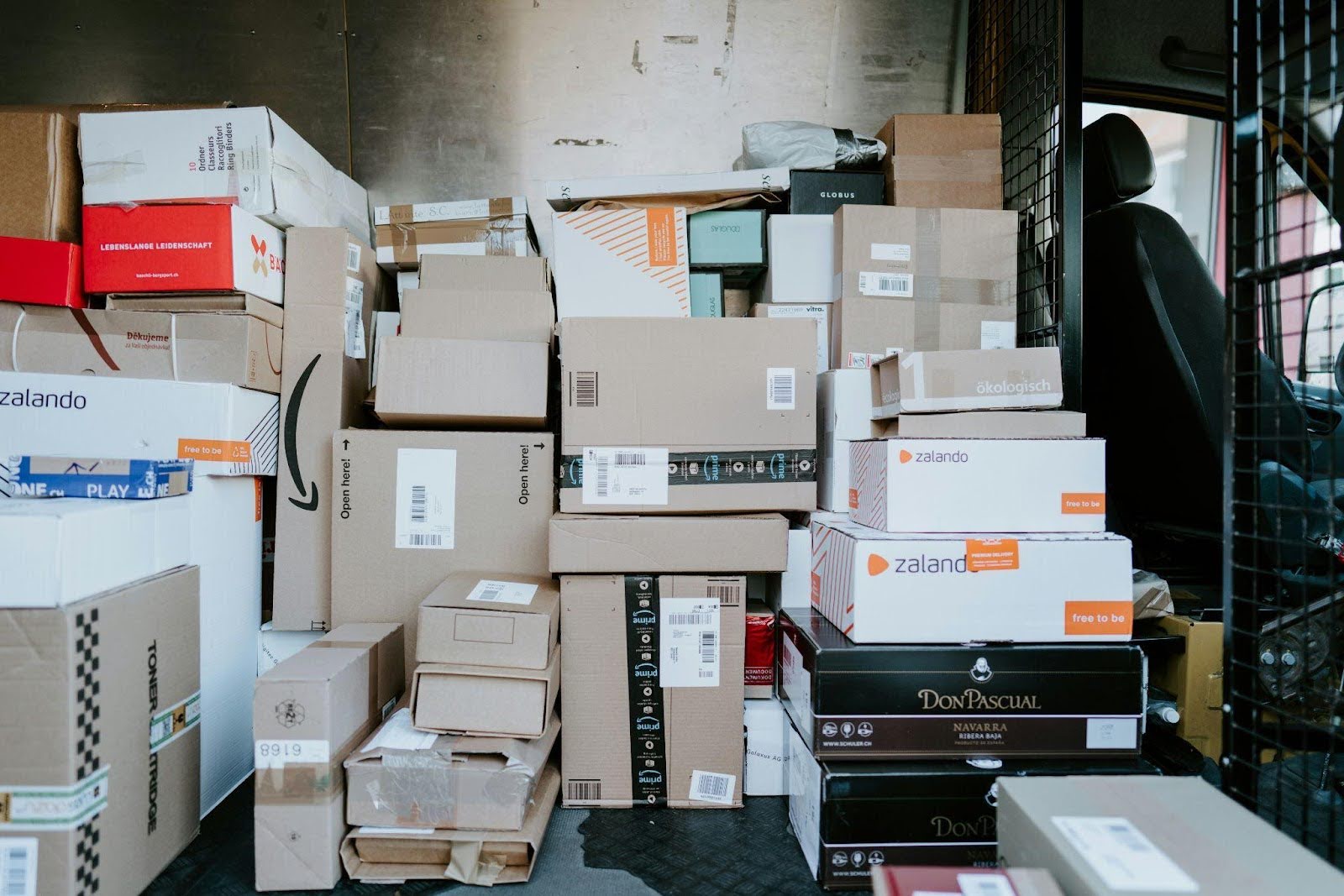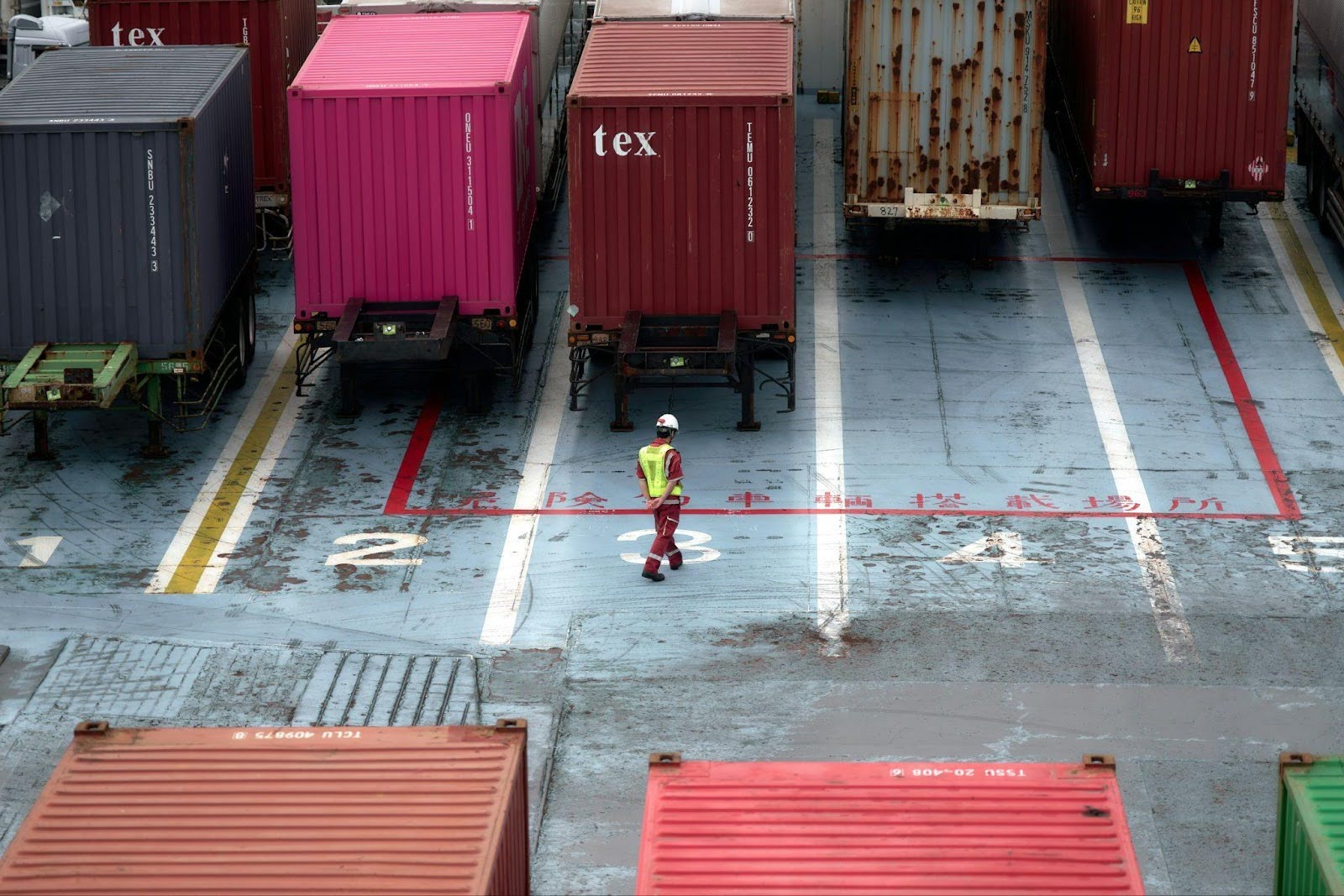In today’s fast-paced economy, speed, transparency and reliability in shipping are no longer optional — they’re expected. Advanced tracking technologies — driven by big data, the Internet of Things (IoT) and machine learning — are giving logistics providers a new edge. These tools provide customers with real-time visibility and help companies streamline operations, reduce costs and respond to disruptions faster.
Tech-enabled shipping has evolved from barcode scans at checkpoints to continuous, intelligent data collection throughout the delivery life cycle. That transformation is game-changing for businesses navigating tight margins and rising customer expectations.
From Static Updates to Smart Visibility
Traditional tracking methods offered minimal insight. Packages were scanned at select transit points, giving customers vague delivery windows and limited control. Today’s systems leverage GPS, RFID and IoT devices to provide live data on a shipment’s exact location, estimated arrival time, and even environmental conditions like temperature or humidity.
This new level of visibility allows companies to reroute deliveries dynamically, avoid traffic delays, and better manage inventory and warehouse resources. For industries like pharmaceuticals or fresh food — where shipment conditions are critical — real-time tracking ensures safety and compliance while reducing product loss.
Enhanced Customer Experience and Loyalty

Photo Credit: Unsplash
Modern consumers expect instant access to information, and shipping is no exception. Advanced tracking systems meet this demand by delivering real-time updates through mobile apps, SMS alerts or email notifications.
These proactive communications reduce anxiety and build trust. Customers no longer need to contact support to ask, “Where is my package?” Instead, they can track every step of the journey themselves. This means fewer service calls, higher customer retention and stronger business brand loyalty.
According to Purolator’s “Entering the World of Online Sales and Fueling Your E-Commerce Growth” ebook, nearly a quarter of retail transactions will be digital by 2027, and seamless and transparent shipping is quickly becoming the industry standard. As online competition grows fiercer, consumers demand more than just fast delivery. They want complete visibility, easy returns and a frictionless post-purchase experience.
Shipping providers like Purolator are helping small businesses meet these evolving expectations. Offering up to 65% savings on shipping for small businesses and tailored logistics support, the brand empowers companies to deliver big-brand experiences at a small-business scale. Its e-commerce expertise helps businesses stay agile, responsive and competitive in a market where logistics can make or break customer satisfaction.
Boosted Operational Efficiency
Beyond the customer-facing advantages, advanced tracking has transformed backend logistics. Companies can now analyze delivery performance metrics in real time, identify recurring delays, and make data-driven decisions to improve routes, carrier selection and warehouse efficiency.
Predictive analytics tools can forecast issues before they happen, allowing companies to reroute packages or allocate resources in advance. This agility reduces shipping costs, minimizes downtime and prevents inventory disruptions. This is no small feat in an era of just-in-time fulfillment and global supply chain complexity.
Pushing Innovation Further With Blockchain and AI

Photo Credit: Unsplash
Blockchain and AI are also making waves in tech-enabled shipping. Blockchain ensures secure, immutable tracking records, reducing fraud and disputes, which is especially important in international trade. Meanwhile, AI-driven platforms enhance demand forecasting, optimize delivery routes and even automate customer communication.
Some AI systems can detect anomalies in package behavior — like unexpected stops or temperature changes — and trigger alerts to operations teams. These tools do more than just increase transparency — they enable immediate, intelligent responses.
A New Standard for Logistics
Advanced tracking is becoming a baseline expectation. As the technology continues to evolve, companies that embrace it will better position themselves to meet customer expectations, improve operational performance and stay competitive in a digital-first world.
Shipping is no longer just about getting from point A to point B. It’s about delivering confidence, visibility and efficiency every step of the way. With the right tech, businesses and consumers stand to gain.































